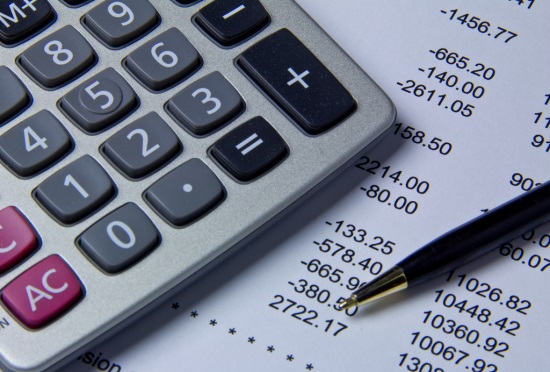Millions of UK business owners and investors are overlooking large chunks of unclaimed tax relief, which is often worth thousands of pounds. Complex rules mean that many people don’t know what they can legitimately make a claim for, which means that 96 per cent of five million business owners and leaseholders are missing out on capital allowances, according to tax advisor STax. The tax relief is available to commercial property owners for items bought for business purposes.

Capital allowances apply to business spending on a number of items, including:
These types of allowances are often inaccurately assessed by accountants when processing income tax forms. It means the majority of business owners could be missing out on significant tax benefits, according to company founder Andrew Stanley.
He said recently that individual claims can sometimes add up to as much as 35 per cent of the value of a freehold. For example, on a building bought for £1m, the owner could be entitled to £350,000 in tax relief.
Mr. Stanley went on to say, “If you can accurately assess the items that qualify for the tax relief and processing an effective claim, it will result in a substantial write-off against the profits of your business, giving you a lower tax charge – and sometimes a cash rebate for previous years.”
The capital allowance rules state the only one owner is able to make a claim to take full advantage of the available tax relief during the lifetime of the building. The tax relief is available to self-employed people and partnerships, sole traders, as well as companies and organisations liable for Corporation Tax.
The capital allowance cannot be claimed for the cost of items that the business buys and sells as part of its trade. These things must be included in business expenses when trading profits are calculated.
Any unclaimed back capital allowances must be submitted by April 2014. Legislative changes put in place under the 2012 Finance Bill changed the way capital allowances are dealt with. Business and commercial property owners must act quickly or they run the risk of losing out permanently on getting these benefits.
Previous Post
Is it Time to Take Notice of Green Leases?
There are two points which this article could have made clearer:
1. The fact that for most capital items, you can’t claim the whole cost in a single year – it has to be spread over a number of years; and
2. The annual investment allowance – which mitigates 1 to a certain extent.
Re 1 – capital allowances are great, but they aren’t that great. The article itself mentions you can’t claim allowances for items that are bought and sold as part of the business’s trade as if that were a bad thing. But in fact it is a good thing because these items are revenue costs and the whole lot can be deducted in a single year, as the article points out.
Not so with capital items – the amount deducted depends on the writing down rate. For a lot of these items the rate was 25%, but gradually this has been whittled down to 20% then 18% – and some items have been further cut to 10% and 8%. The upshot is you get tax relief a lot more slowly, which means, in cash terms, you have to wait longer for your money.
And this is where the annual investment allowance comes in. If you are within the limit, you can in fact buy your 18% capital items and write down the whole lot – which is a lot better. But once you go over the limit, the normal rates apply.
At present the limit is £250,000, but this is temporary lasting until December 2014. After that, who knows – it may go back down to £25,000. So it really is important to buy now rather than later.